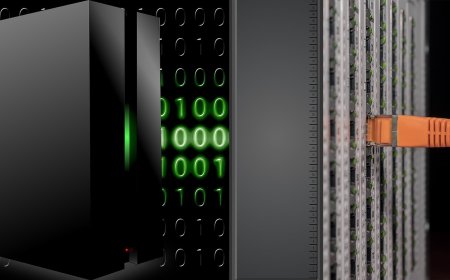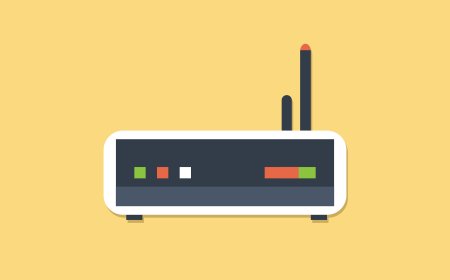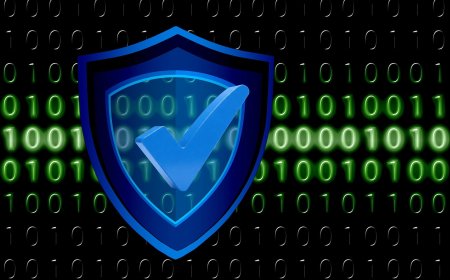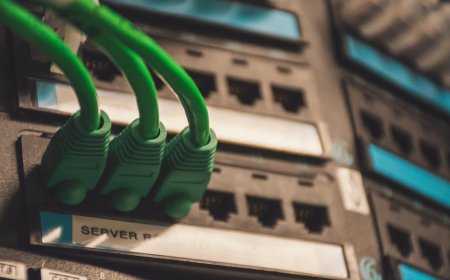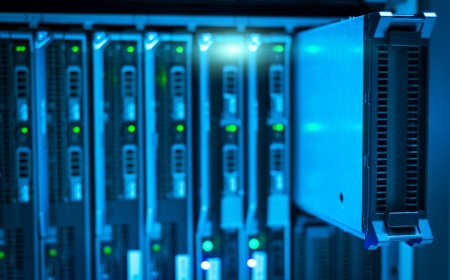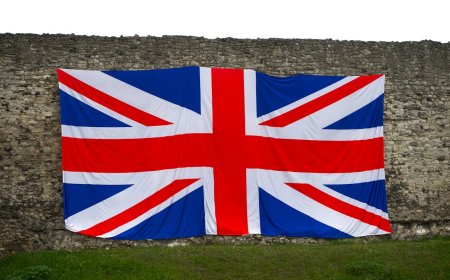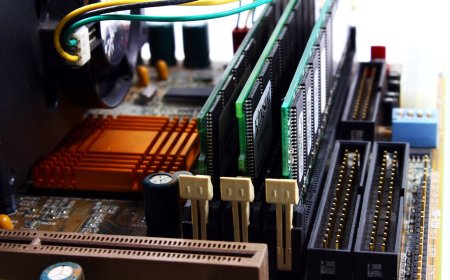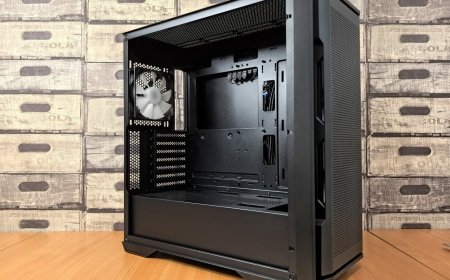What is a DMZ in Networking? Understanding the Demilitarized Zone
In the ever-evolving landscape of cybersecurity, protecting your internal network is crucial. One of the most effective ways to add a layer of defense is by using a DMZ (Demilitarized Zone). While the term is borrowed from military language, in IT, it plays a vital role in securing your organization from external threats.
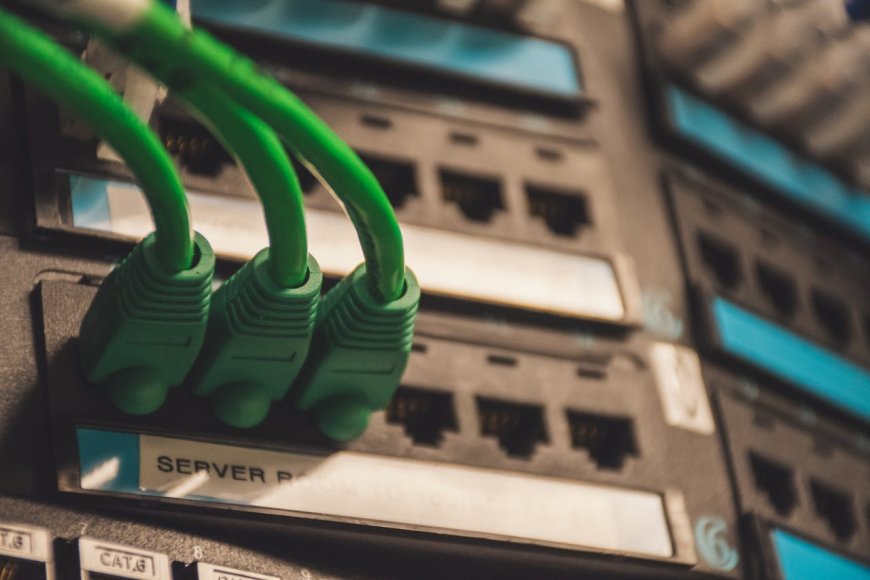
-
What is a DMZ in Networking?
A DMZ (Demilitarized Zone) is a physical or logical subnetwork that separates an internal local area network (LAN) from untrusted external networks, typically the internet.
It acts as a buffer zone where public-facing services like web servers, email servers, and DNS servers are placed. This ensures that even if these services are compromised, attackers do not gain direct access to the internal corporate network.
-
How Does a DMZ Work?
A typical DMZ network setup involves three zones:
-
Internal Network (Trusted)
-
DMZ (Semi-Trusted)
-
External Network (Untrusted - e.g., Internet)
Firewalls are used to control traffic between each zone. Here’s how traffic typically flows:
-
External users can access services in the DMZ (like a public website).
-
DMZ servers can communicate with the internal network only if explicitly allowed.
-
Internal users can access both the DMZ and external network based on rules.
-
-
Why Use a DMZ?
-
Safe Public Access
DMZs allow you to offer services like websites, FTP, or email to the public without exposing your core infrastructure.
-
Enhanced Security
By isolating public services from the internal network, the DMZ prevents attackers from easily reaching sensitive data if a public-facing server is compromised.
-
Better Traffic Control
You can tightly control what enters and exits your network with granular firewall rules and access control policies.
-
-
Common DMZ Use Cases
Service Why It’s Placed in DMZ Web Servers Exposed to internet traffic, must be isolated. Email Servers Receive/send emails from outside the network. FTP Servers For external file sharing. DNS Servers Resolve domain names for external users. Proxy Servers Manage outbound internet requests safely. -
DMZ Architecture: Single vs Dual Firewall
There are two main ways to build a DMZ:
Single Firewall (Three-legged DMZ)
-
One firewall with three interfaces: internal, DMZ, and external.
-
Easier to manage but slightly less secure.
Dual Firewall (Back-to-Back)
-
Two firewalls: one between external and DMZ, and another between DMZ and internal.
-
More secure due to separation of duties.
-
-
DMZ Best Practices
-
Harden all DMZ servers (disable unused services, apply security patches).
-
Use intrusion detection and prevention systems (IDS/IPS).
-
Segment DMZ traffic using VLANs.
-
Log and monitor all activity within the DMZ.
-
Apply the principle of least privilege for access control.
-
-
Benefits of Implementing a DMZ
-
Improved Security Posture
-
Isolation of Critical Assets
-
Better Monitoring and Auditing
-
Safer Web and Email Hosting
-
Customizable Access Rules
-
What's Your Reaction?
 Like
0
Like
0
 Dislike
0
Dislike
0
 Love
0
Love
0
 Funny
0
Funny
0
 Angry
0
Angry
0
 Sad
0
Sad
0
 Wow
0
Wow
0


